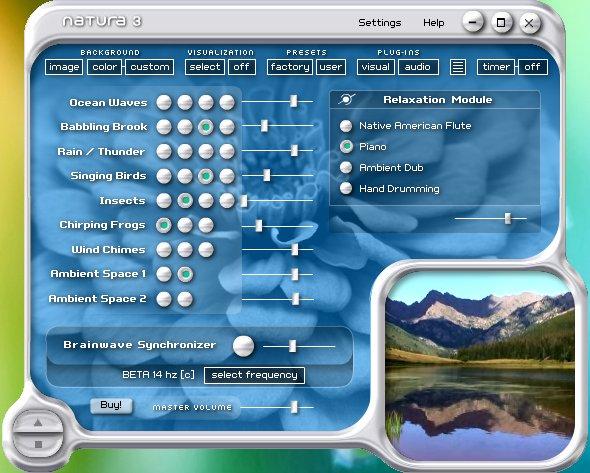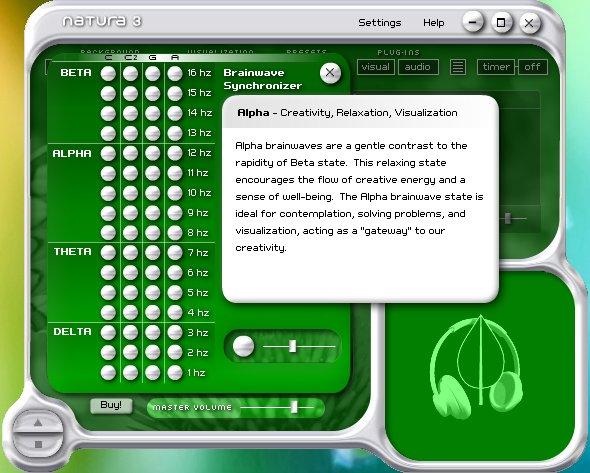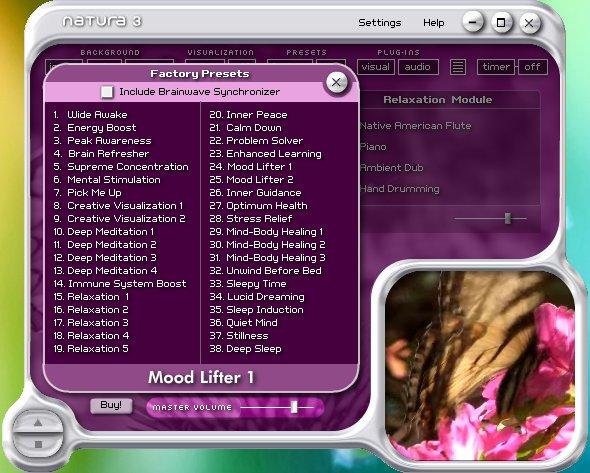"The true value of a human being can be found in the degree to which he has attained liberation from the self." - Albert Einstein
Have you ever thought about why people need to relax? It is known that we need to sleep not less than 8 hours a day to restore our strength, but this is certainly not enough for our sense of well-being. Imagine a world full of people who pay no attention to themselves, who think about their work all the time; a world where every minute of the people's lives is driven by the clock - and you will realize that it is a place for robots, not for living people.
The modern life demands that we remain more concentrated and active. Our life is broken into time segments, such as years, months, days, minutes, seconds... and we depend on this rhythm of life.
According to many scientific researches, disregarding one's own biological clock may cause time-related stresses, which are indeed very common nowadays.
For example, every 90 minutes or so, our brain needs “switching” onto another kind of activity. This allows us to absorb new information better, stretch our muscles, recoup energy, and focus. During these moments, we feel like having a cup of coffee, chatting with our colleagues, or going for a short walk. Our brain sort of “switches off” for about 20 minutes. Sometimes, though, people ignore their biological clock, justifying themselves by saying that they are very busy. As a result, they usually face health issues, uncontrolled emotionality, and loss of productivity. Obviously, these consequences are of much more harm than an hourly short break could cause.
Here comes another question: do we know what relaxation really means for us? Millions watch TV, listen to music, play computer games, drink alcohol, or even use drugs, and they believe that it reduces their regular stresses. As a matter of fact, that's not always the case.
If you enter the word “relaxation” into the Google search box, you'll get a lot of links to web sites offering a lot of stress reducing techniques (such as Yoga, SPA, etc.), as well as a lot of relaxation-related software. These programs are practically identical: most of them provide you with sounds of nature and relaxing music without words. And this is by no accident.
Let's have a look at one of the most attractive programs of the kind - “Natura Sound Therapy” by Blissive software. As the developer claims, “Natura can help you concentrate and focus when you need to, then relax after your work is done.”
At first sight, it seems that the program is very simple to use. It allows you to select the best combination of background music, color, images, visualization effects and sounds of nature: you can experiment by mixing sounds of birds, bubbles, or rain with piano or flute music, as well as add some nature-related animations.
 “Natura Sound Therapy” Main Interface
“Natura Sound Therapy” Main Interface
However, having examined the program more carefully, you will find out that it is much more complicated. This software is based on researches of brainwaves synchronization - a practice that aims to invoke certain brainwave frequencies. Brainwaves are the result of our brain's activity, they occur when neurons interact with each other.
The study of these phenomena is deeply rooted in the history of mankind. For example, it is documented that shamans can change the neurological activity in a person's brain using their voice, a flute, or a drum, as well as effects of sunlight generated by a spinning wheel. In the XX century, many scientists continued researches of the subject. Although they were able to discover the binaural beats (the results of this work were published in Scientific American in 1973 by Gerald Oster), they hadn't been able to explain the brainwaves until Arturo Manns invented the isochronic tones combined with more sophisticated equipment. The demonstrative experiments opened up new opportunities for the development of one of the fastest growing allied health professions in the world - music therapy.
Some scientists suggest that music without any words can affect portions of brain, especially those zones which are placed in our right hemisphere, responsible for spatial reasoning and creativity.
It is known that most people have left-hemisphere dominance as the left side of the brain is responsible for speech and logic. Thus theoretically, listening to the relaxing music or sounds of nature can help us not only reduce our daily stresses and have some rest, but it can also help us activate those parts of the brain which are usually inactive.
The Natura program's developers offer us several "Factory presets": each of them includes a set of sounds,color,visualization and, of course, a short description about which purpose it can serve.
What makes Natura distinct from the majority of similar programs, is the “Brainwave Synchronizer” feature it comes with. To understand how it works and what is so special about it, I guess, we need some more scientific knowledge on the subject.
Scientists identify four types of brainwave frequencies: Beta, Alpha, Theta, and Delta. When one of them starts to dominate, it comes to define your current mental state. The main function of “Natura sound therapy” is based on the difference between these frequencies and of the capability to use them for our purposes. So, you will need to generate the following brainwaves if you want to:
Beta – concentrate, focus on a project (caution – too much can lead to anxious feelings)
Alpha – relax, tap into creativity, solve problems
Theta – meditate, encourage deep relaxation
Delta – heal the body, sleep deeply
 Brainwave Synchronizer Settings
Brainwave Synchronizer Settings
Choosing the frequency and tone of the sound for your session may seem an easy task at first sight. You should read a brief description of how to use the feature according to the individual needs, then click on the buttons to pick your preferred hertz level and the tone, which is indicated on the top (C,C2,G,A). Each key means that you can hear the same sound of one octave higher.
Although the developer gives us some advice on how to use the “Brainwave Synchronizer” feature, I would suggest you to be more careful while experimenting with it. Noises produced by the synchronizer are usually used for self-hypnosis techniques. In case you do not understand how they affect the neurological activity of your brain, you may experience such unpleasant consequences as headaches, for example.
To sum that all up, I would like to say that Blissive Software Team was able to create a good-quality product with a very attractive and user-friendly interface which allows you to create your own unique brainwave entrainment sessions from scratch and find the combination of settings which is “just right” for you. You can as well save your sessions on your hard disk for further uses.
Finally, you can visit the developer's web site to read some interesting articles about other activities to help you relax. There are breathing techniques, baking cookies, sleeping, bathing, hands massage, and so on.
But this seems to be already another topic for a new article...









